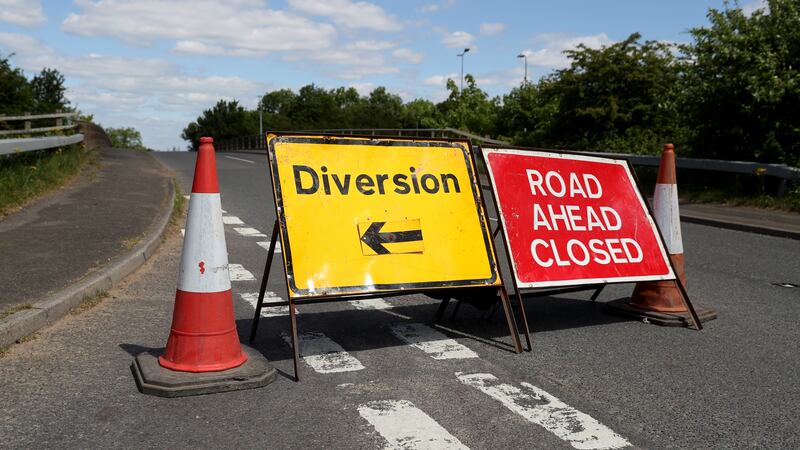A stash of four silver coins - three Elizabeth I sixpences and one Spanish reale - which were found on land in Co Down have been formally declared treasure by the Coroner's Court in Belfast.
One of the coins was initially discovered 18inches underground by three men at farmland at Cloughy, Co Down in August 2016.
Three further coins were found during a subsequent visit to the site by one of the same men and another man.
It was later found that three of the coins were Elizabeth I sixpences, which are among the most common hammered, hand-made, coins found in Britain or Ireland.
Despite being minted several decades earlier, most of these did not make their way to Ireland until the 1640s.
This, along with the worn condition of the sixpences, suggest that they were either hidden or lost at Cloughy in the 1640s or early 1650s.
A fourth coin was found to be a Spanish 4 reale, the type of which originates from one of Spain’s South American colonies.
Large quantities of silver from these mines were converted into reales which flooded the currencies of Europe, including Ireland.
These type of reales had an accepted currency value at just over two shillings, as mentioned in a proclamation of 1661.
It is thought these were minted during the first half of the 17th Century.
According to National Museums NI, the area where the coins were found has a number of contemporary monuments in the vicinity including an unusual defended settlement known as the Whitehouse, as well as Castleboy tower-house and Kirkistown Castle.
"All three of these sites would have been occupied by comparatively wealthy and powerful landowners, either trading or controlling trade in this part of the Ards Peninsula," said a spokeswoman.
"While the coins may not have belonged to any of them, they do reflect the impact of commercial activity in the area they controlled.
"The Spanish reale in particular reflects a global trading system which eventually brought a coin minted in South America to a small field in rural Ireland".
The coins were reported the Northern Ireland Coroner as required by law under the Treasure Act (1996).
On Thursday, Coroner Suzanne Anderson formally ruled the coins to be treasure.
They will now be taken to the British Museum for valuation.
Later, they will be offered to National Museums NI with the monetary value being divided between the finders, in this case, three men and the landowner.
Dr Greer Ramsey, Curator of Archaeology at National Museum, NI said: "Reporting objects, as required under the Treasure Act (1996), remains a significant way of adding to the body of knowledge about our more recent and distant past.
"In the case of this hoard, the inclusion of a Spanish coin, probably minted between 1600-1650, adds a certain degree of the exotic to the Cloughy area," he said.
"It is a reminder of the wealth and trade in silver from Spain’s American colonies that penetrated to this far corner of Europe".



